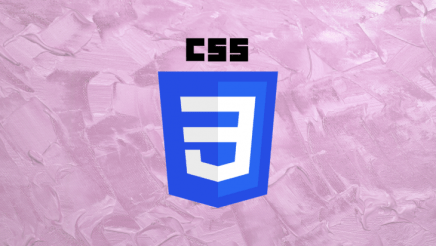
Follow along with a tutorial and example build for a cross-platform app using Svelte, Electron, and Reloadly.

In this post, we’ll take a look at how the Nuxt Composition API works and best practices for using it in projects.

In this post, we’ll take a look at the best practices for fetching data in advanced scenarios when working with Vue. We’ll also learn how we can use Vue 3’s composition API to leverage the stale-while-revalidate technique in data fetching.

With a lot of options out there for frontend development, choosing a particular framework for teams could be a tough decision. It gets trickier when you are developing across mobile and web platforms.

In this post, we’re going to learn what Netlify build plugins are, what they do, and how you can create one.

In this article, we’ll take a look at atomic CSS-in-JS libraries and utility-first CSS frameworks, how they compare to each other, their shortcomings, and some projects using both concepts.

In this blog post, we’ll learn how we can use finite state machines to create interactive and complex transitions in our apps.

In this blog post, we’ll take a look at certain features that limit React Native’s performance and how we can reduce their effects to build robust products with this framework.

Let’s take a look at how portals can make the rendering of components such as modals and pop-ups more efficient.

Improving accessibility to apps built with React and Vue for users with visual, auditory, and other impairments can help boost user retention.

In this blog post, we’ll take a look at how the composition API improves the way we write code and how we can use it to build highly performant web apps.

In this post, we will look at popular React Hook libraries – both mainstream and custom (created by enthusiasts like you and me).